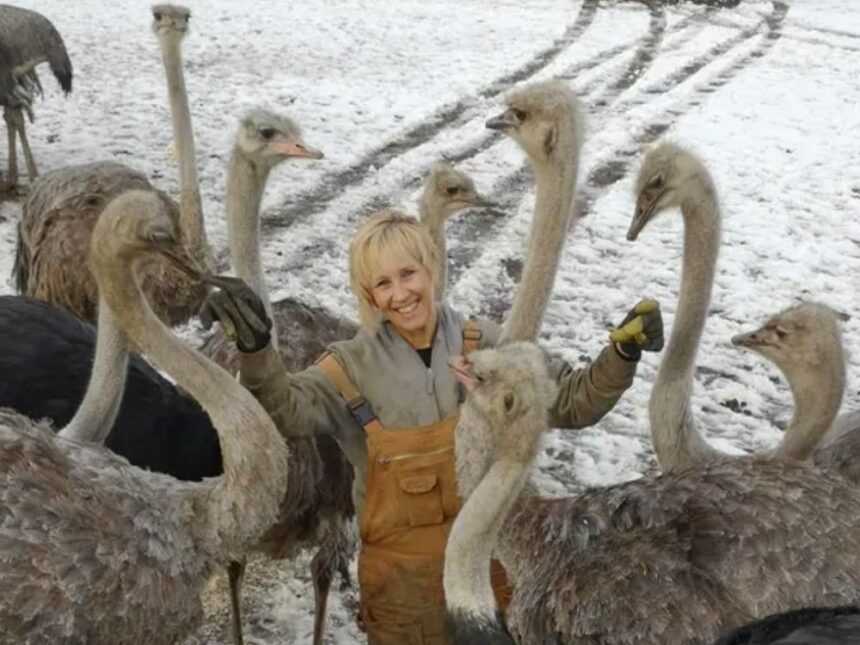In a dramatic turn of events, British Columbia’s planned cull of 119 ostriches potentially infected with avian influenza has been temporarily halted following urgent legal intervention by farm owners. The suspension comes after mounting tension between provincial authorities and ostrich farmers who questioned both the necessity and scientific basis for the widespread culling operation.
“This pause represents a critical moment for our farm and the entire ostrich industry in Canada,” said Philip Moubray, owner of Villa Ostrich Ranch in Armstrong, B.C., whose operation faced losing nearly its entire stock. “We’ve invested years building this specialty livestock business, and deserve a full scientific assessment before such drastic measures are taken.”
The controversial cull order was initially issued after a single ostrich at a neighboring farm tested positive for H5N1 avian influenza in late October. Provincial veterinary authorities quickly ordered the destruction of birds at Moubray’s farm and two others within a 3-kilometer radius as a precautionary measure, despite all birds at these locations showing no signs of illness.
What makes this case particularly contentious is that ostriches appear to respond differently to avian influenza than conventional poultry. According to emerging research from South Africa, where ostrich farming is more established, these large flightless birds often develop antibodies against the virus without becoming seriously ill or efficiently spreading it.
The Canadian Food Inspection Agency (CFIA) has adopted a stringent approach to managing avian influenza outbreaks, which has helped control the disease in traditional poultry operations. However, farmers and some veterinary experts argue this one-size-fits-all policy fails to account for biological differences between species.
“The science around ostriches and avian influenza is evolving,” explained Dr. Victoria Chen, a veterinary epidemiologist with experience in exotic livestock. “While caution is warranted, we’re seeing growing evidence that ostriches may naturally resist severe disease and might not pose the same transmission risk as chickens or turkeys.”
The legal challenge has successfully secured a temporary reprieve while the British Columbia Farm Industry Review Board examines the evidence. For the affected farmers, this represents more than just a business matter – it’s about the survival of a nascent specialty livestock sector in Canada.
Financial implications loom large for the affected operations. Ostriches, valued between $2,500 to $30,000 per breeding bird, represent significant investments. Unlike conventional poultry operations, rebuilding an ostrich flock takes years due to longer reproductive cycles and limited availability of replacement stock in North America.
The provincial compensation program, designed primarily for traditional poultry operations, may not adequately address the unique market value and replacement challenges of specialty livestock like ostriches. This disparity has heightened tensions between regulators and farmers seeking fair treatment.
Environmental sampling at the farms is ongoing, with results expected to provide crucial data that could influence the final decision. Provincial authorities maintain that strict biosecurity measures remain in place at all affected properties to prevent any potential spread.
As this situation unfolds, it raises important questions about balancing disease control with evidence-based approaches tailored to different species. The outcome could establish significant precedent for how Canadian agricultural authorities handle future outbreaks in non-traditional livestock.
As world food systems diversify to meet changing consumer demands, will our regulatory frameworks evolve quickly enough to support sustainable specialty farming while maintaining essential biosecurity standards?
























